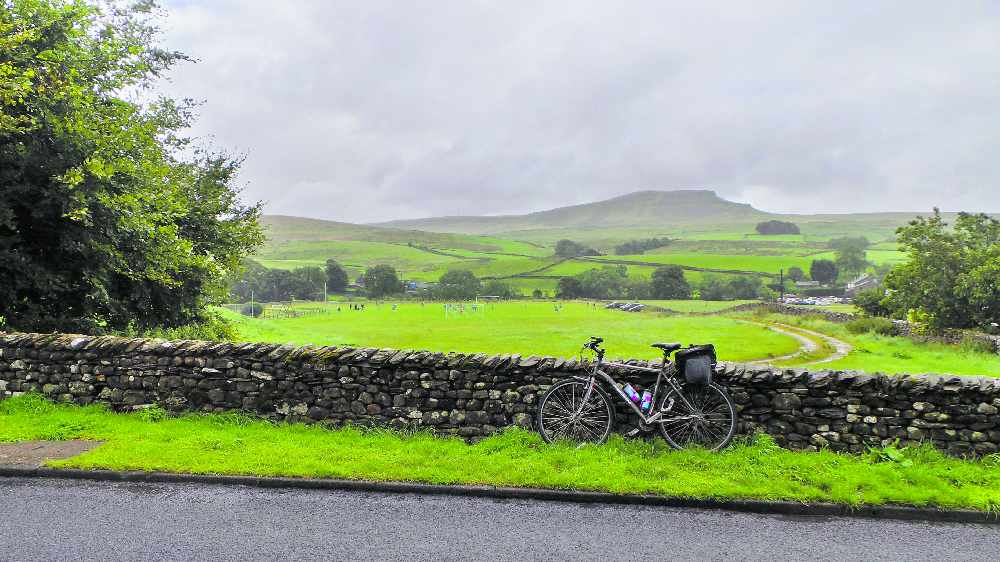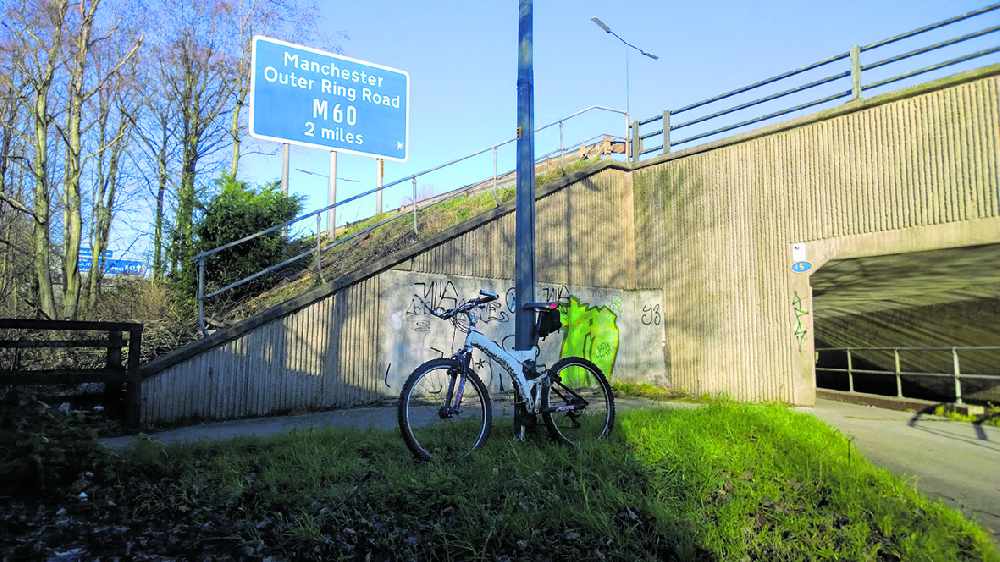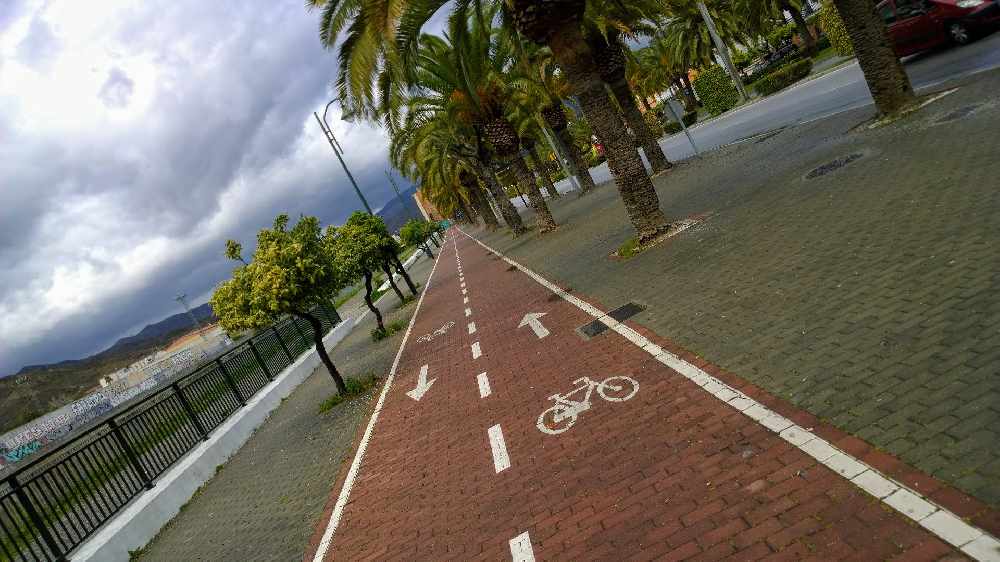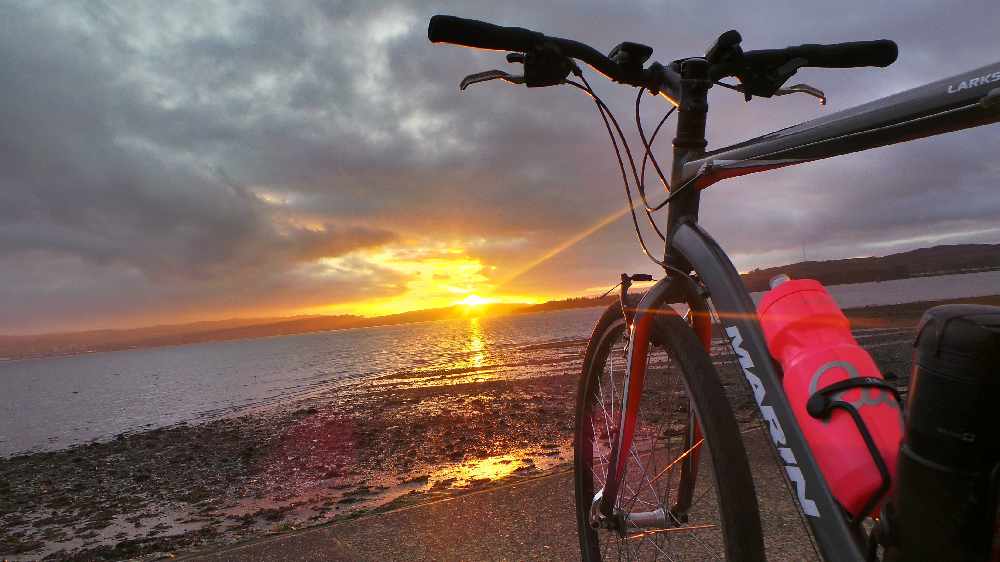
After several months of staying at home and using the bike for simply daily exercise and local exploration, it's now possible to head further afield and thousands of new cyclists across the region will want to take advantage of some of the new cycling-friendly measures in Greater Manchester.
Steven Rittey from Freewheel Holidays - a leading leisure cycling holiday specialist based in Manchester - tells us more...
I’ll be honest and say that for many, cycling on open roads around Manchester across all of the boroughs can be a daunting experience. Buses, cars, taxis and cyclists all jostle for space on the increasingly crowded roads and on road layouts that have not changed since the Victorian era.
However, there have been several positive recent changes such as the introduction of the Sale town centre to Deansgate Square segregated route along the A56 that was created at the height of the pandemic when traffic levels were extremely low.
The investment in cycling from both local and national government is a promising step to encourage more people to cycle and the new local ‘Bee Network’ promoted by TfGM and Chris Boardman should start to take shape later in the year.
I’ve seen first-hand how good local investment can improve cycling-friendliness and one of the best examples within Greater Manchester can be found along the former railway ‘loop lines’ in Worsley, Salford. The route runs past the Freewheel Holidays office in Walkden and connects with the Bridgewater Canal in Monton to create an almost traffic-free cycle route stretching from Wigan to Manchester city centre.

In the morning, I’ll frequently pass commuters heading towards MediaCityUK and businesses in Trafford Park. In the evening, the Loop Lines are full of families out on bikes, micro-scooters and runners enjoying their local area.
It’s important to note that only a few years ago, much of this route was muddy, unsuitable for leisure cycling and rutted in many places.
I’m an advocate for ‘active commuting’ whether it is heading into the office by bike or running the final few miles from Rochdale train station to home. There has long been a discussion about how best to complete the ‘last mile’ of a journey and several solutions have been proposed from cycle hire schemes, folding electric bikes and also e-scooters that have noticeably grown in popularity.
Yet the answer is fairly simple, with adverts on local buses now encouraging people to get off a few stops before their destination to incorporate some sort of fitness element into their daily commute.

For example, Copenhagen, which has long been held up as one of the model locations for cycling and a place where the bike has been central to Copenhagener’s daily lives. According to Copenhagen City Council, locals in the Danish capital cycle a collective 1.4 million kilometres on an average weekday.
There are also on average 157.4 rainy days in Copenhagen compared to 154 days in Manchester so the weather isn’t too much of a factor when deciding to go by bike to work or to meet up with friends! The bike is an intrinsic part of getting around for the Danes and most Danish cities have been repurposed for cycling despite having excellent public transport systems.
Through planning cycling holidays in most European countries over the years, I’ve researched numerous cycling networks to help customers plan their journeys whilst on tour. Many people have booked holidays to experience riding on the high-quality cycling infrastructure that exists in the Netherlands, Germany and Switzerland.
Throughout the lockdown, I have been hosting weekly Zoom webinars about cycling holidays and quite often people have been astounded at the levels of detail on signage that will tell the cyclist all kinds of information ranging from how far the nearest town is to tourist attractions over 100 kilometres away.

In Flanders for example, the Dutch-speaking part of Belgium, their cycle network is based around an underground mining tunnel signage system called Knooppunten that uses a dense network of numbered signposts to create nodes. Combined with the included route notes on many holidays, it is very hard to lose your way, especially if the GPX files are included too. On many European cycle tours that I have completed, I have rarely used an online or offline map for navigation because the local signage is so good.
In Britain, even just cycling outside of the local area, will often involve whipping out my phone to check on Google Maps to see whether I am heading in the right direction or for peace of mind. Sustrans, the national charity that maintains the UK cycle network, has in the past month removed many sections and hundreds of kilometres of the National Cycle Network because they fell short of quality standards.
The remaining network will be refocused on family cycling and traffic-free routes to increase cycling-friendliness and accessibility.
This is potentially exciting news as cycling is once again a growing trend. A similar spike was last seen around London’s successful hosting of the Olympic Games in 2012 and the Tour de France visiting Yorkshire in 2014.
On a personal level, the hosting of these events inspired me to commute by bike from Wigan to Manchester several times per week, but also was the foundation for exploring different parts of the country by bike. My favourite cycling concept is the idea of a ‘Front Door Tour’ that is a personal interpretation of the micro-adventure pioneered by adventurer Alastair Humphreys.
For example, you can book a stay somewhere within a comfortable distance to ride to, spend the night and then cycle all or part of the way back. I’ve done this on several occasions and headed south to Shropshire, east to Scarborough or northwards to Hawes via the Yorkshire Dales. This remains my most memorable short cycling tour and is the perfect distance from Greater Manchester. These short cycle local tours have then led onto European cycling holidays along the Danube or down the Tuscany Coast.
Upon researching this article, I decided to look back into the archives and see what parallels exist between the Covid-19 crisis of now and the Spanish Flu pandemic of 1918 to see how cycling was mooted as a panacea for illness. Life in the early 20th century was different, both economically and socially.
Zoom certainly wasn’t around and most jobs couldn’t be performed away from the day-to-day workplace environment, particularly in the industrial heartlands of northern England. Yet despite over a century of technological progress since the devastating period, the bicycle has remained largely the same and the messaging has taken on a strikingly similar tone.
Dunlop in 1918, for example, promoted cycling as an antidote to flu with a campaign that championed being out on a bicycle equipped with their tyres in the ‘clean, sweet air’ rather than the ‘stuffy atmosphere inside the tram, the bus, or the train’.
The recent boom in bicycle sales to the point where some bike retailers had sold out completely of bikes and the crashing of the bike repair scheme website would suggest that this advice has been heeded today.
Many new cyclists will be out on the roads when offices re-open their doors and the blurred line between home and work will once again be clear. Hopefully, we will go from Zooming on our laptops to zipping around on e-bikes fairly soon and today’s Cycle to Work Day will herald the beginning of a new era for cycling.


 Tameside mum takes on Manchester Marathon challenge to raise funds for cancer unit
Tameside mum takes on Manchester Marathon challenge to raise funds for cancer unit
 Hattersley apartment block hits new heights with major construction milestone
Hattersley apartment block hits new heights with major construction milestone
 Young people are cooking up a treat at Care Leavers Teatime Club
Young people are cooking up a treat at Care Leavers Teatime Club
 Stalybridge Street Fest is back for another year
Stalybridge Street Fest is back for another year



